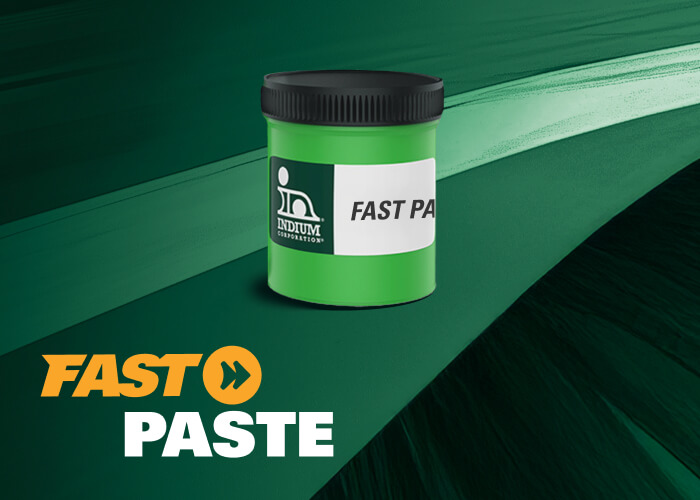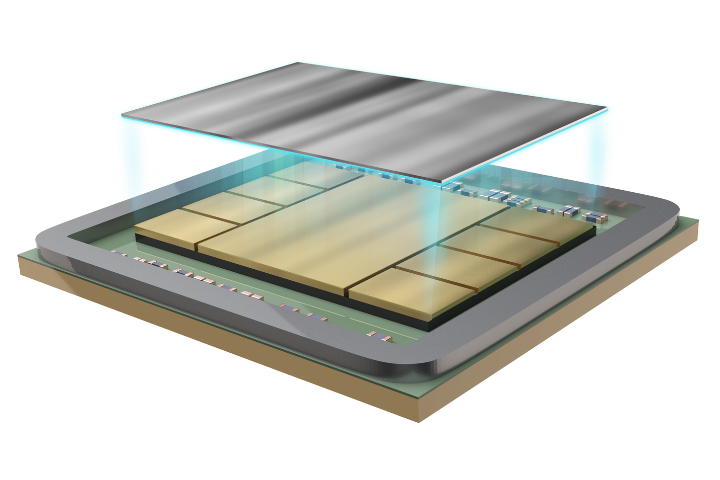Graping is a phenomenon which appears as un-reflowed solder particles, typically seen on the surface of the solder joint.
The graping phenomena has become more common due to some of the following issues:
- Reduction of the stencil aperture to accommodate smaller and smaller discrete and passive components (i.e. move from 0603”s to 0402”s to 0201’s)
- The use of finer particle size solder pastes to accommodate fine feature printing (move from Type 3 to Type 4 to now to Type 5)
- Higher reflow characteristics for Pb-free soldering
- The use of water-soluble vs. no-clean solder pastes. No-clean chemistries generally protect the solder powder particles and the metallized surfaces from oxidation during the heating process (after the activator package removes existing oxides). (so how does water-soluble fit into this?)
A combination of any of these factors may exhaust the capability of the solder paste flux to remove surface oxides. This depletes the flux and exposes solder paste particles to oxidation, which means the solder particles do not coalesce into the solder joint.
To avoid the graping phenomenon, use the following tips in setting up your reflow profile. The intent here is to decrease the amount of heat the solder paste experiences during the reflow process.
- A ramp to peak profile is better than a soak profile
- Decrease total time in oven by adjusting the belt speed. A ramp rateof 1°C/ second from ambient to peak is recommended
- Use a lower peak temperature – 235°-240°C
- Shorten the TAL to 40-60seconds
For more information please refer to "Best Practices Reflow Profiling for Lead-free SMT Assembly"



